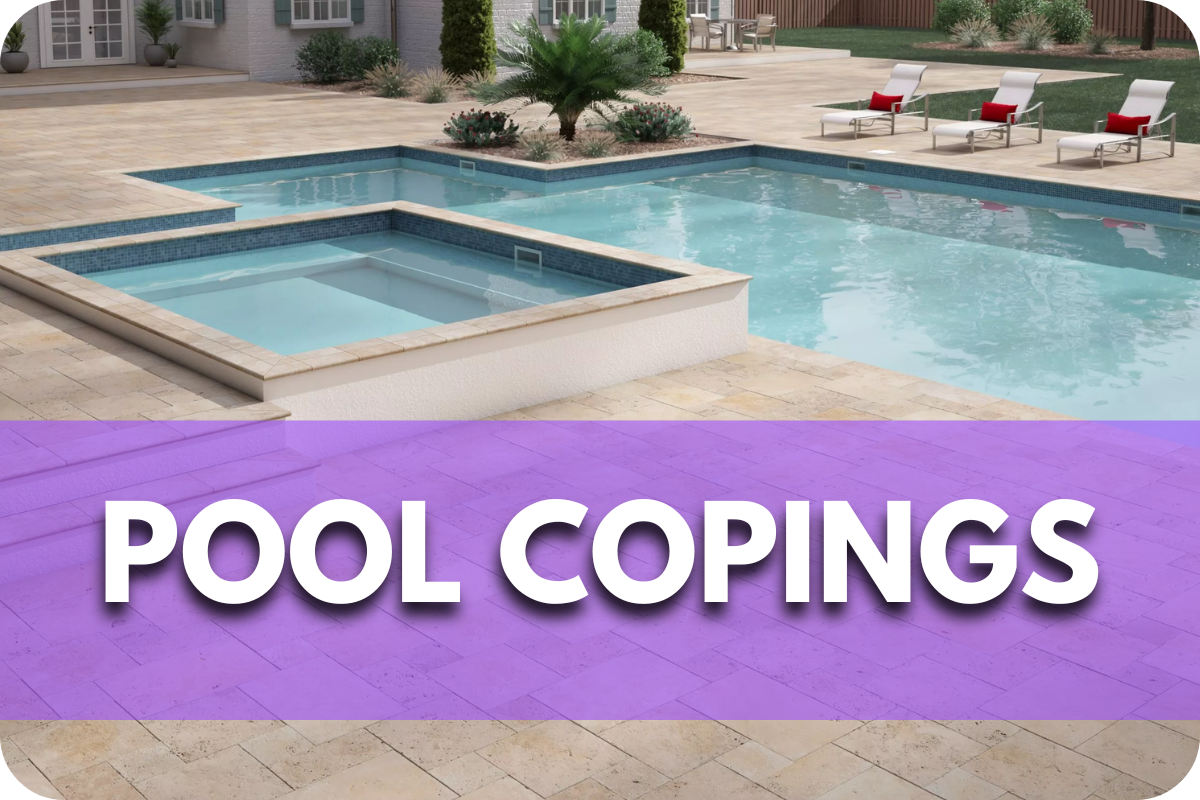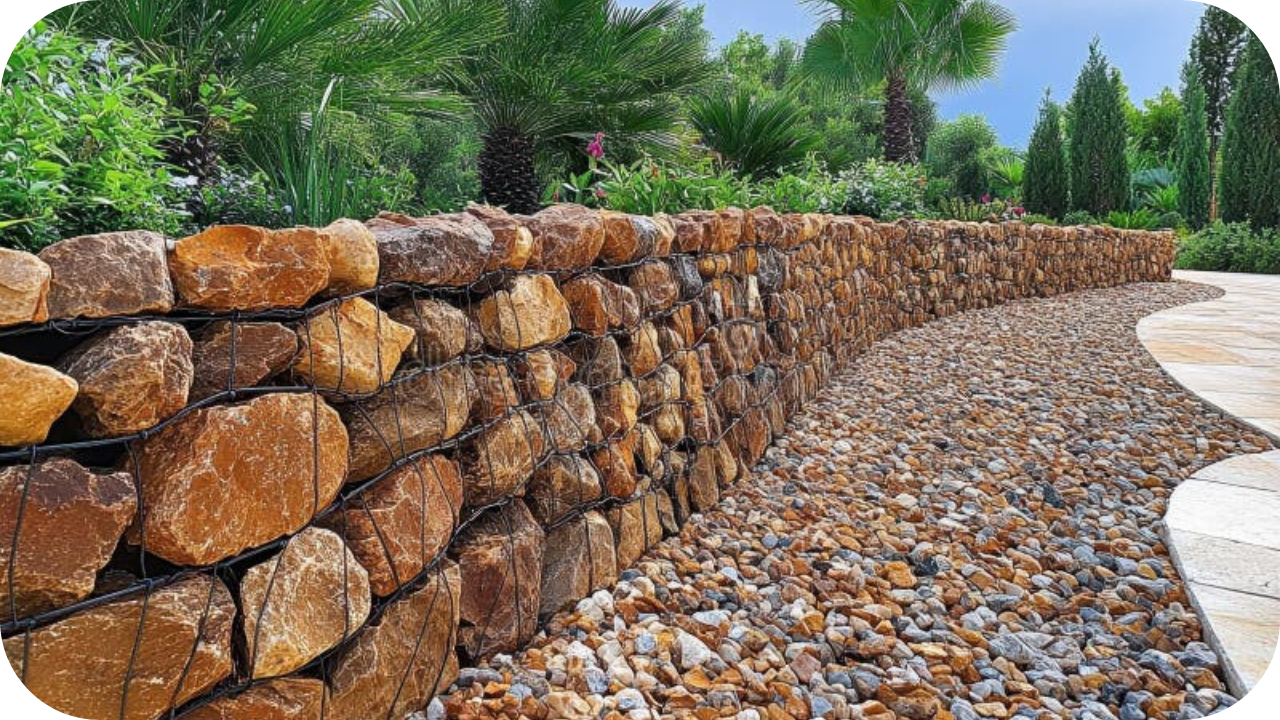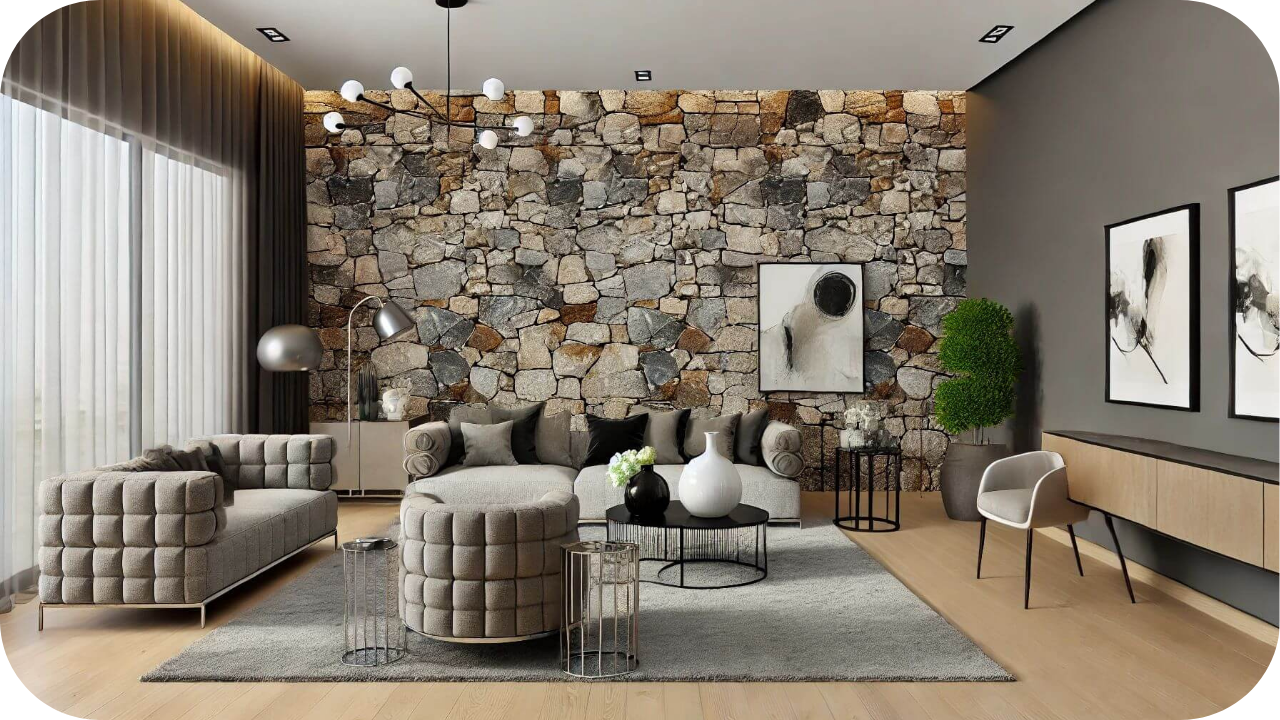
Pool edges can be slippery and unappealing, posing safety risks and diminishing the overall look of your pool area.
Frequent slips and falls near pools can lead to injuries, and a lacklustre pool design affects your home’s aesthetic and resale value.
Installing pool coping secures the pool’s edges, preventing accidents and adding a touch of elegance. Our comprehensive guide explains how choosing the right pool copings can transform your pool into a safe and stylish oasis.
What Are Pool Copings?
Pool copings are protective caps or edges placed around the top perimeter of a pool. They serve both functional and aesthetic purposes. We have a checklist designed to help you.
They are designed to cover and protect the pool’s concrete shell from weathering, water damage, and structural wear while providing a non-slip surface to enhance safety for pool users.
Benefits of Pool Copings
Pool coping not only enhances your pool’s safety and durability but also contributes significantly to its overall aesthetic appeal. Here are the key benefits of installing pool copings:
- Safety: The primary benefit of pool coping is increased safety. It provides a non-slip surface around the pool edge, reducing the risk of slipping and falling when entering or exiting the pool. This is especially important in wet conditions when the area around the pool can become slippery.
- Durability: Pool copings protect the upper edge of the pool shell from exposure to the elements, helping to prevent deterioration and damage over time. Materials like stone and concrete resist weathering, chemicals, and UV light, maintaining the pool’s structural integrity.
- Water Management: Copings are designed to overhang the pool slightly, directing splashed water back into the pool. This prevents water from seeping behind the pool shell, which can cause structural damage over time, and helps keep the surrounding areas dry and less prone to water damage.
- Aesthetic Appeal: Pool copings are available in various styles, materials, and finishes. They frame the pool, giving it a finished look that can complement your home’s exterior décor and landscaping. Whether you opt for a sleek modern look with polished concrete or a more natural aesthetic with stone, copings can be selected to enhance the visual appeal of your pool area.
- Increased Property Value: Well-chosen and properly installed pool copings can increase the overall value of your property by improving the pool’s appearance and functionality. Aesthetic enhancements and safety features make your pool a more attractive and valuable home feature.
Choosing the Right Material for Pool Copings
Choosing the right material for pool copings is crucial for your pool’s durability and aesthetic appeal. Here’s a guide to help you select the best material suited to your needs:
Natural Stone:
- Natural stone, such as travertine, Limestone, Sandstone, or granite, is popular for pool coping due to its durability and natural beauty. Stone is resistant to weathering and wear, maintains a non-slip surface when wet, and comes in various colours and textures to match any landscape design. However, it can be pricier and may require sealing to maintain its appearance.
Concrete:
- Poured concrete or precast concrete copings offer great versatility in shape and finish. Concrete is durable, relatively affordable, and can be coloured or textured to match existing decor. It’s also capable of forming seamless transitions around curved pool edges, making it a practical choice for custom-designed pools.
Brick:
- Brick copings add a classic, rustic touch to pool designs and are known for their durability and slip resistance. They can blend well with traditional home and garden styles but may require more maintenance to prevent algae growth in the grout lines.
Porcelain Tiles:
- For a more modern look, porcelain tiles are a great option. They come in various colours and styles and are waterproof, frost-proof, and extremely hard-wearing. Porcelain tiles can mimic the look of natural stone or wood without the same level of maintenance.
Design Ideas for Pool Copings
When designing pool copings, consider both functionality and aesthetic appeal to enhance your pool’s safety and style. Here are some creative design ideas for pool coping:
- Seamless Integration: Opt for colour and texture copings that match the surrounding deck materials for a seamless, unified look. This design choice minimises visual disruption and extends the pool area visually, making it appear larger.
- Contrasting Colours: To define the edge visually, use copings in a contrasting colour to the pool’s interior and deck. This adds a design accent and improves safety by clearly delineating the pool’s border.
- Natural Stone with Textured Finish: Choosing natural stone copings with a textured finish adds a rustic charm and enhances grip, reducing slip hazards. Stones like travertine or slate are popular for their durability and slip-resistant properties.
- Curved Copings: If your pool is freeform or curved, consider custom-cut stone or flexible materials like poured concrete that can be shaped to fit. Curved copings add a soft, organic touch to the pool’s design and can be engineered to fit any pool shape perfectly.
- Layered Edges: Incorporate a multi-layered coping design, using two or more rows of materials like tiles or stone to create depth and dimension. This can add an element of luxury and sophistication to the pool area.
- LED Lighting: Embed LED strip lighting beneath the coping overhang for functional and aesthetic benefits. This not only helps illuminate the pool area at night but also adds a dramatic effect, enhancing the ambience of your outdoor space.
Installation Tips
Proper installation of pool copings is crucial for ensuring both safety and longevity. Here are some essential tips for installing pool copings effectively:
- Surface Preparation: Ensure the pool edge is levelled before installing copings. Any debris or irregularities can cause improper alignment and instability in the copings. For concrete pools, repair any cracks or damages in the bond beam to provide a stable base for the copings.
- Choosing the Right Adhesive: Use a high-quality, waterproof adhesive suitable for the coping material and the environmental conditions. For stone and concrete copings, a flexible tile adhesive is often recommended to accommodate slight movements and prevent cracking.
- Proper Alignment: Start laying the copings from the most visible corner or the centre front of the pool to ensure symmetrical placement. Use spacers if necessary to maintain even gaps between the copings, which will later be filled with grout.
- Securing Copings: Press the copings firmly into place after applying the adhesive. Check for level and adjust as necessary before the adhesive sets. Ensure that the copings slightly overhang the pool’s edge to channel water into the pool effectively.
- Grouting: Once the adhesive has fully cured, fill the gaps between the copings with waterproof, high-quality grout. Match or contrast the grout colour with the coping material according to your design preference. Ensure the grout is applied evenly and any excess is wiped clean before it sets.
- Sealing: Apply a sealant to protect against moisture, chemicals, and stains, particularly on natural stone copings. This will enhance the material’s durability and maintain its appearance over time.
Maintenance Tips
Maintaining your pool copings is essential to preserve their functionality and aesthetic appeal. Here are some key maintenance tips to ensure your pool copings remain in top condition:
- Regular Cleaning: Clean the copings regularly to remove dirt, grime, and pool chemicals that can accumulate and cause staining or erosion. Use a soft brush and a mild detergent solution to scrub the surface gently. Avoid using abrasive cleaners or brushes that might scratch or damage the material.
- Sealing: For natural stone or concrete copings, apply a high-quality sealant every one to two years, depending on exposure to sunlight and pool chemicals. Sealing helps prevent water absorption, stains, and damage from freezing and thawing cycles. Always ensure the surface is clean and dry before applying the sealant.
- Check for Wear and Damage: Inspect the copings regularly for signs of wear, cracks, or loose pieces. Early detection of these issues can prevent more extensive damage and costly repairs if damage is found, as well as repair or replace the affected sections promptly to maintain the integrity and safety of the pool edge.
- Manage Pool Chemicals: Ensure pool chemicals are well balanced, as excessive chlorine or other harsh chemicals can deteriorate the copings’ material over time. After treating the pool, check that chemicals do not accumulate on the copings; rinse with clean water if necessary.
- Protect from Weather: In climates with harsh winters, protect the copings from freezing temperatures and ice accumulation, which can cause cracking and splitting. Covering the pool during the off-season can help reduce exposure to extreme weather.
Conclusion
Investing in the right pool copings enhances the safety and longevity of your pool and adds a distinctive charm to your outdoor space.
Whether you opt for the timeless elegance of natural stone or the modern versatility of porcelain, choosing quality materials and professional installation ensures a poolside oasis that blends safety with unparalleled style. Discover your perfect pool-coping solution today.
More To Explore

8 Advantages of Using Stone Grid Gabions in Your Landscape
Are you seeking a durable, cost-effective solution to elevate your landscape? Stone grid gabions might be the perfect choice! These versatile, eco-friendly structures offer a

10 Stunning Feature Wall Ideas Using Natural Stone
Looking to elevate your home with a stunning feature wall? Natural stone offers a timeless, elegant touch that can transform any room. From sleek marble


